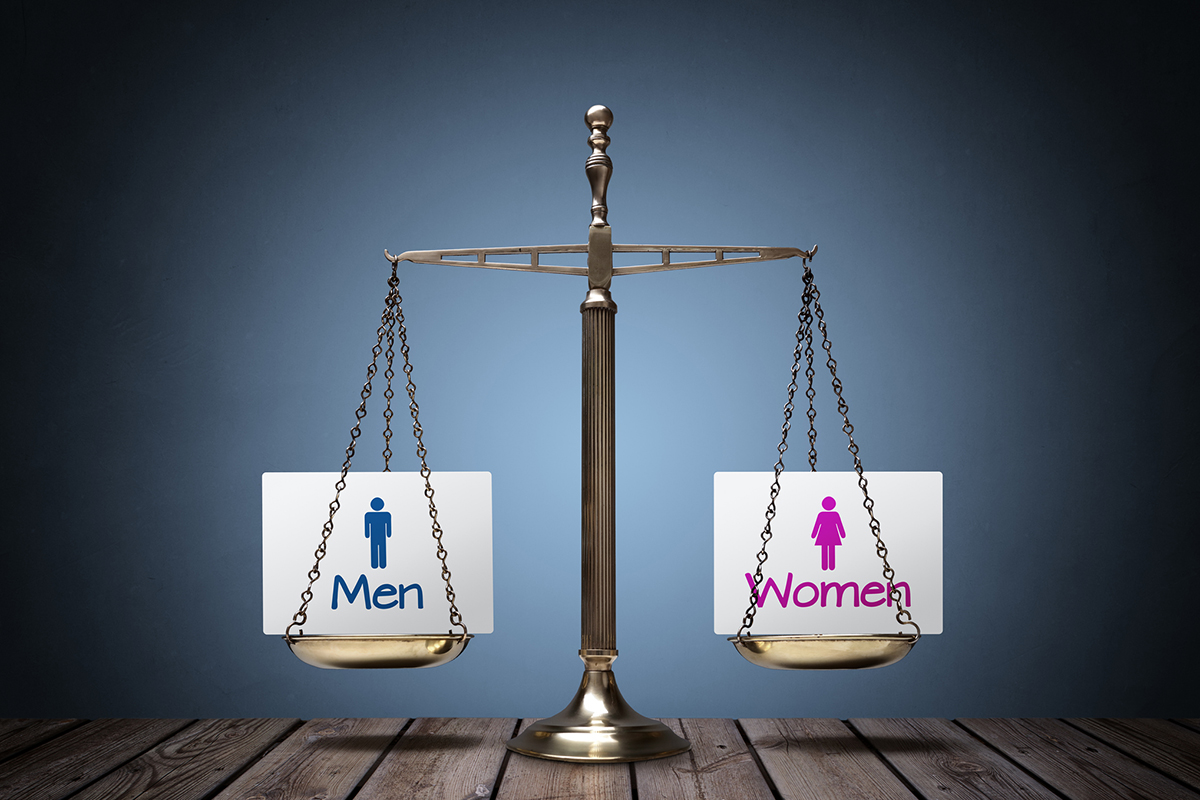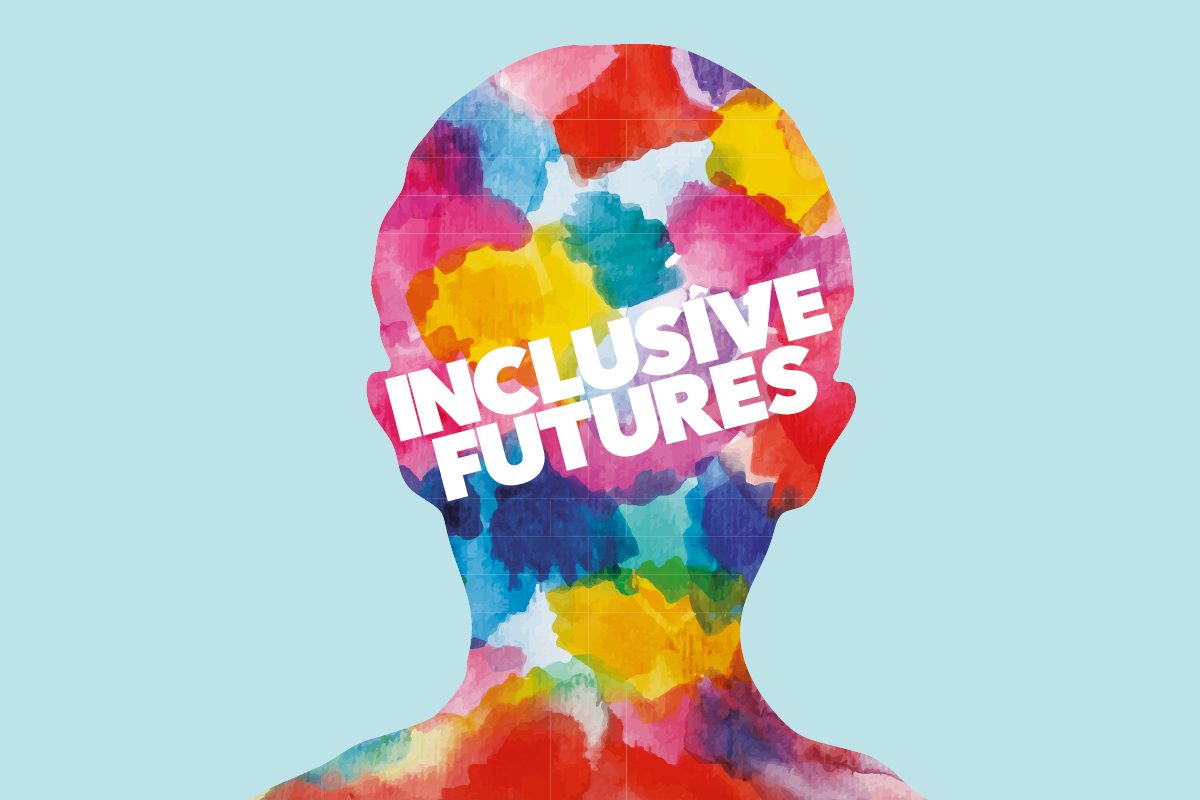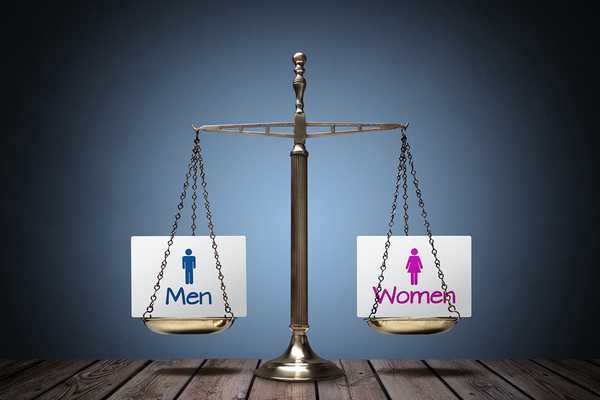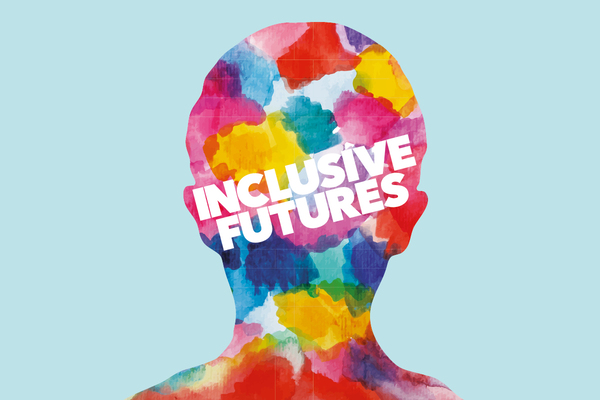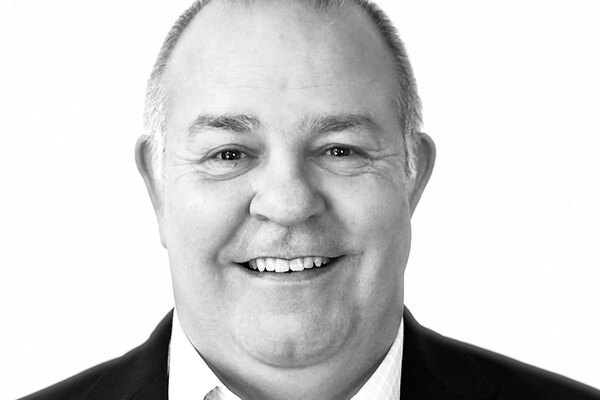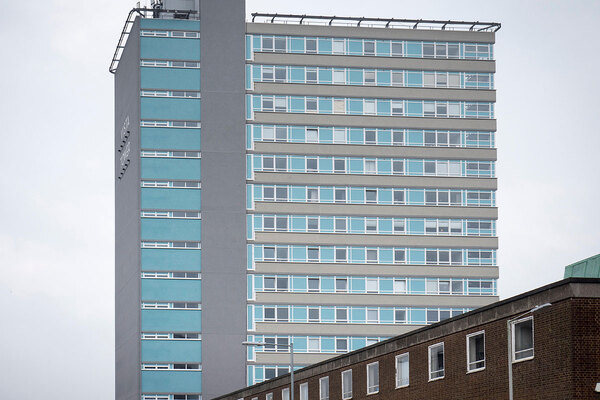You are viewing 1 of your 1 free articles
NHF reveals 14.6% gender pay gap in voluntary report
The National Housing Federation (NHF) has a ‘gender pay gap’ of 14.6% in favour of men despite the majority of its staff being female, the organisation has revealed.
The NHF, which is the representative group for housing associations, took the decision to voluntarily publish a comparison of pay and bonuses for its male and female staff on Thursday.
The organisation’s median pay gap of 14.6% compares to a national average of 17.9%, while the NHF has a mean average of 16.8%.
The NHF’s staff is 69% female, but the organisation said the difference was due to “having fewer women in senior roles”.
As it has fewer than 250 staff, the NHF was not obliged to release the data, but pledged last year to analyse and release the figures on its pay gap anyway.
Writing for Inside Housing about the figures (below), Kate Henderson, chief executive of the NHF, said: “While this means that we’re doing slightly better than the national average (17.9%), I’m clear that this isn’t good enough. I don’t think any gender pay gap is acceptable and there is clearly more we need to do.”
The NHF said it plans to publish the figures annually, in addition to continuing to offer “generous” maternity pay and flexible working, as well as establishing a group to “develop solutions” to promote diversity and equality within the organisation.
The figures are taken from April 2018 – which is before former chief executive David Orr was replaced by Ms Henderson in October.
Last year, housing associations reported gender pay figures for the first time – revealing that 42 of the largest 50 organisations had a lower figure than the national average.
Homes England, the government’s housing delivery arm, reported a gap of 18.4% last year which chief executive Nick Walkley called “not remotely acceptable”.
The only housing association to have revealed its latest figures so far this year is London landlord L&Q, which showed an improved gap of 7.6%.
Other associations are required to report their figures before 4 April.
Kate Henderson: what we will do to combat our gender pay gap
Today we are voluntarily publishing our gender pay gap data. We’ve found our gender pay difference is 14.6% in favour of male staff. Despite employing more female than male staff - we are almost 70% female - the gender pay difference is caused by having fewer women in senior roles.
Whilst this means that we’re doing slightly better than the national average (the difference in pay between men and women on average within the UK is around 17.9%) I’m very clear that this isn’t good enough. I don’t think any gender pay gap is acceptable and there is clearly more we need to do at the National Housing Federation.
We are going to publish our gender pay gap data annually, but we also know that analysing these numbers can only be part of our solution for striving for gender equality within the organisation. This is partly because we are a small organisation and it only takes a relatively small number of changes to staff to impact the results significantly from year to year. Never the less, I think it is a good starting point for opening up conversations with staff at all levels of the organisation about gender equality at work.
The Federation’s approach to flexible working and generous occupational maternity and shared parental leave policies benefit both men and women. I know myself how important good maternity leave policies and flexible working can be for ensuring talented female staff can stay at an organisation and feel able to progress in their careers.
We also run a number of courses to promote gender equality, such as unconscious bias training for recruiting managers and I’m excited to be part of a ‘Diversity and Inclusion Group’ which was recently set up, and is led by, staff. I hope this group provides a space for people to develop and share ideas for how we can create an even more inclusive environment in our office and hire a more diverse range of staff. I hope it creates a space where we can think about how we can better champion, support and promote all of the wide range of talent we already have within the organisation.
As we strive to be a fair, inclusive and transparent organisation, I feel strongly that achieving gender equality is only one part of this aspiration. We already publish our diversity data and make sure our panels at events and conferences are diverse, but we also need to make sure we recruit and promote more people with BME backgrounds in to senior roles in the organisation. We need to make sure we recruit and promote more people who grew up in social housing as well as people with disabilities and who are LGBT+.
These are all things that are fairly easy to say, but it will take doing things differently to actually make a real difference. I’m not saying that I have all the answers for how to solve these challenges now, but voluntarily publishing our gender pay analysis is a first step.
I think it’s especially important we get this right at the National Housing Federation, not only because we owe it to our staff, but because as a trade body we need to lead by example. Housing associations employ more than 150,000 people in England and house a diverse group of more than 6 million people. In order to create the best places and communities for them to live in we must attract, develop and reward a diverse workforce that also reflects them. Having a mix of people running organisations diversifies our thought leadership, which diversifies the outcomes of the decisions we make. Addressing inequality in our sector is essential to addressing inequalities in our communities. Decisions about the built environment are long-term and they need to reflect society.
There is of course already a lot of good practice already happening in the sector and I know that housing associations are committed to being great employers. But, there’s certainly even more that can be done. The average gender pay gap for housing associations is 7.8%, but there’s a lot of variation between organisations. There still aren’t enough female or BME chief executives and last year an Inside Housing investigation uncovered some shocking stories of sexual and racial abuse that have happened in offices across the sector.
Let’s use this information that we have about what’s happening in our organisations, not to shy away from the challenges we face, but to address them.
Kate Henderson, chief executive of the NHF
Gender pay reporting explained
Under Equality Act regulations, employers (including housing associations) with more than 250 employees have until 4 April to publish information about their gender pay on their website and on a government website.
An employer must publish the results of six calculations for pay over a 12-month period:
- average gender pay gap as a mean average
- average gender pay gap as a median average
- average bonus gender pay gap as a mean average
- average bonus gender pay gap as a median average
- proportion of males receiving a bonus payment and proportion of females receiving a bonus payment
- proportion of males and females when divided into four groups ordered from lowest to highest pay.
The regulations specify how hourly pay, bonus pay and hourly rate should be calculated and in what circumstances agency workers and self-employed people should be included in the calculations
Results for individual organisations can be found on the government's gender pay reporting website here. Find results for housing providers by using the search boxes, or by filtering by sector.
Inclusive Futures
Inside Housing’s Inclusive Futures campaign aims to promote and celebrate diversity and inclusion.
We are pledging to publish diversity audits of our own coverage.
We are also committed to proactively promoting positive role models.
We will do this through the pages of Inside Housing. But we will also seek to support other publications and events organisations to be more inclusive.
Our Inclusive Futures Bureau will provide a database of speakers and commentators from all backgrounds, for use by all media organisations.
We are also challenging readers to take five clear steps to promote diversity, informed by the Chartered Institute of Housing’s diversity commission and the Leadership 2025 project.
THE INCLUSIVE FUTURES CHALLENGE
Inside Housing calls on organisations to sign up to an inclusive future by taking five steps:
Prioritise diversity and inclusion at the top: commitment and persistence from chief executives, directors and chairs in setting goals and monitoring progress.
Collect data on the diversity of your board, leadership and total workforce and publish annually with your annual report. Consider gender, ethnicity, disability, sexuality, age, and representation of tenants on the board.
Set aspirational targets for recruitment to the executive team, board and committees from under-represented groups.
Challenge recruiting staff and agencies to ensure that all shortlists include candidates from under-represented groups.
Make diversity and inclusion a core theme in your talent management strategy to ensure you support people from under-represented groups to progress their careers.
THE CASE FOR CHANGE
34%
of housing association chief executives are female
1%
of housing association executives have a disability
1.6%
of housing association board members are LGBT
Women make up 46% of the UK workforce, but Inside Housing research found that they are under-represented on housing association boards (36%), executive teams (39%) and among chief executives (34%).
Almost a fifth of working-age adults have a disability (18%), yet associations reported only 1% of executives and 4.5% of board members with a disability. Many were unable to provide details.
Nationwide, 14% of the working-age population come from a BME background, climbing to 40% in London and Birmingham. Yet our research found that 6.8% of board members identified as BME, compared with 4.5% of executives.
Statistics on representation of LGBT people in the workforce are in short supply, but official statistics suggest that 2% of the total UK population identify as lesbian, gay or bisexual, rising to 4.1% for 16 to 24-year-olds. Our survey found that 1.6% of board members and 10 executives were LGBT – but most organisations were unable to provide figures.
INSIDE HOUSING’S PLEDGES
We will take proactive steps to promote positive role models from under-represented groups and provide information to support change.
We pledge to:
Publish diversity audits: We will audit the diversity of the commentators we feature. We will formalise this process and publish the results for future audits twice a year.
Promote role models: We will work to highlight leading lights from specific under-represented groups, starting in early 2018 with our new BME Leaders List.
Launch Inclusive Futures Bureau: We will work with the sector to compile a database of speakers, commentators and experts from under-represented groups. The bureau will be available to events organisers, media outlets and publications to support them to better represent the talent in the sector.
Take forward the Women in Housing Awards: Inside Housing has taken on these successful awards and will work to grow and develop them.
Convene Inclusive Futures Summit: Our new high-level event will support organisations to develop and implement strategies to become more diverse and inclusive.
